Selling Band Merchandise
If you’re reading this, you have most likely sold merchandise. You probably already know the basics and the obvious aspects of selling it.
These include but aren’t limited to:
Directing fans to your merch table during the show
Having someone at your table at all times.
If people don’t know where your merchandise is, they can’t buy it. If there’s no one available to sell the merch, it can’t be sold.

The basics of selling merch include telling fans where your merch table is located, while on stage.
Since you already know these things, and the reasoning behind it is pretty straight forward, there’s no need to reiterate, or focus on advice like this. With that said, let’s look into some of the more helpful, complicated, and often overlooked aspects of selling merchandise.

Another simple but important part of selling merch is always having someone at your merch table.
We’ll be covering why you should sell merch, how to do so successfully, how to maximize your profits, how selling merch leads to band or artist growth, how to stay on top of merch sales through organization, and some additional options you have for selling your merch.
If you are an artist, and you’re looking to grow your fanbase with a new single, EP, or album, send it to us here:
We’ll master a mix for you, and send you a free mastered sample of it.
The Purpose of Selling Band Merchandise
Making Money for the Band
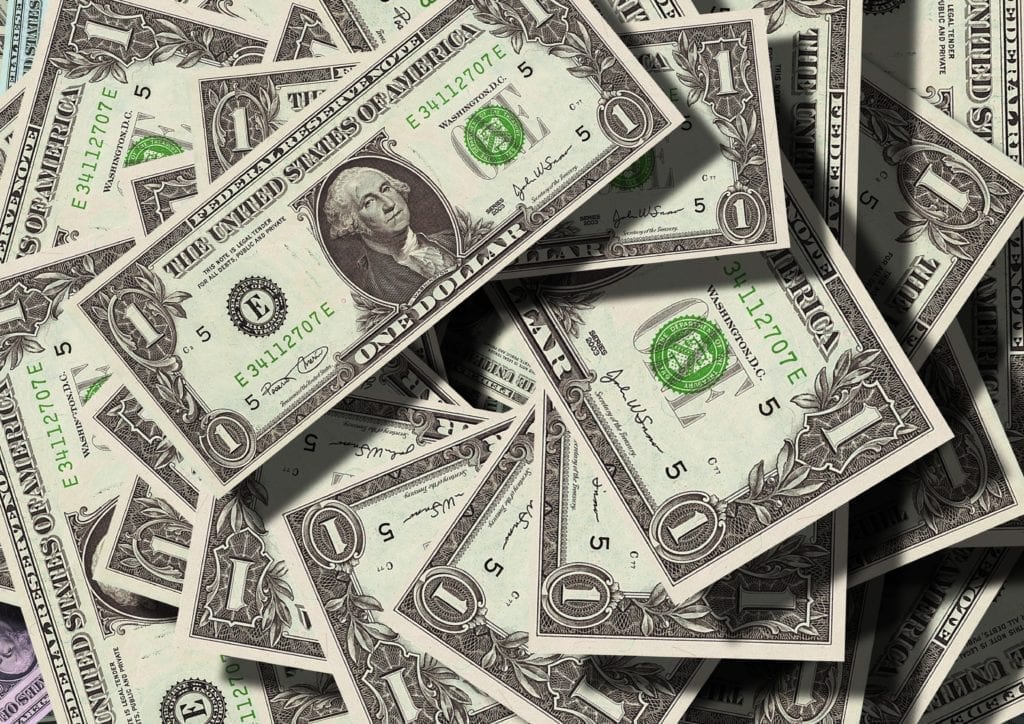
Selling merchandise is a great source of revenue for any band or artist.
This one seems obvious, but the amount made from merchandise sales is often underestimated by many artists. Perhaps this is because artists don’t directly associate their merch with the music they create, and often overlook its value.
Despite this, merchandise can quickly outpace the amount made from simply playing a show. This is especially true for touring groups, where a guarantee may not have been established, and a few dedicated fans or impressed audience members want to purchase whatever you’re offering to commemorate the event.

When on tour, merch sales can often be the bigger source of revenue, and turn a lackluster show into a profitable one.
I remember being on tour, playing a show to only 20 people and then receiving a disappointing $50 from ticket sales. Fortunately, some audience members enjoyed the show enough to purchase $100+ in merchandise. Without this extra revenue stream, this show could have cost more to play than it paid.
All this to say, never underestimate the monetary value of your merchandise. It has the power to take a lackluster show, and turn it into a financial win.

The expenses of touring will need to be off-set by something. These include show guarantees and merchandise sales.
Strengthening the Fan, Artist Relationship
Even though many Artists don’t associate their music with the merch they sell, fans do. They see your merch as an extension of the music you’ve created, and in turn, the feelings your music evokes when they listen to it.

Many fans want to purchase merch, so that they commemorate a show and perhaps feel closer to a band they enjoy.
If they’ve identified with your music, then the merch, be it a T-Shirt, hoodie, record or what have you, is a way for them to deepen this connection.
Additionally, purchasing merch is a great excuse for any fan to make conversation with an artist they appreciate. Many music lovers are more than happy to purchase a $20 t-shirt if it means they can talk to the artist that makes the music they love.
That being said, being present at your merch table and the merch itself both serve to strengthen the relationship between artists and fans. It provides the opportunity for any artist to make conversation with, and appreciate the people that make their career possible.
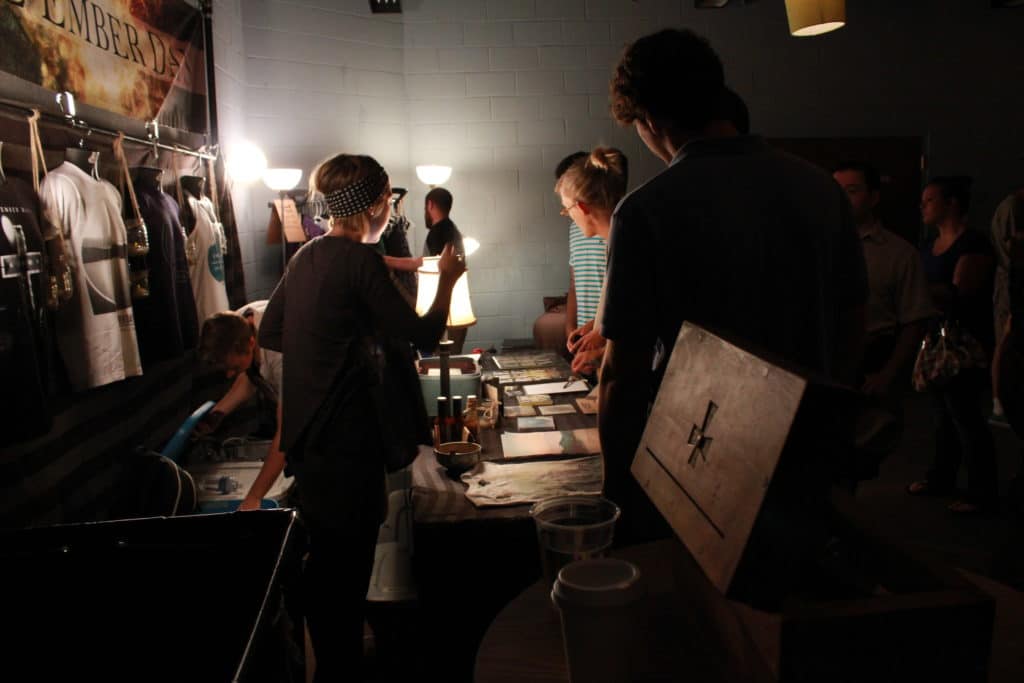
When selling merch, it's a great time to connect with your fanbase.
It isn’t just a shirt they’re buying - it’s a way for them to connect with the art they love, and way for an artist to recognize their listeners.
What Makes Your Merch Desirable
Have Good Looking Merch
To put this bluntly, your merchandise shouldn’t be ugly. Although some fans will still purchase a shirt or item that isn’t aesthetically pleasing just to support that artist or group, this situation certainly isn’t ideal.

Make sure your merch is stylish, and appeals to what your fans want to wear or own.
Ideally, you’ve created something that people enjoy, like the look of, and want to wear or display in some fashion. If you’re not a graphic designer or don’t have a knack for creating good looking shirts, album covers, or other visuals associated with your merch - then don’t hesitate to seek outside help. Just because you’re good at making music doesn’t mean your an artist in all senses of the word, and this is completely fine. Know when other artists can help you, and seek out that help.
While we’re on the topic of good-looking merch, make sure your merchandise is displayed in an organized way. This doesn’t mean that everything needs to look perfect, but if you’re merchandise display consists of a wrinkled shirt pulled from the bottom of your shirt bin, and a vinyl that’s had its cover warped and bent from being loaded and unloaded from your band van, then perhaps it’s time to reconsider how you’re representing these items.
Know What Your Fans Like
For the most part, this should be something you understand innately, or just from being exposed to your audience. For example, if you’re in a metal group, odds are you know your fans won’t be too terribly interested in merch that looks like it would be sold at a Grateful Dead show. Typically metal music and tie-dye aren’t two things often associated with one another.

Take note of the style of your fans, and the aesthetic with which they identify and want to portray.
That being said, you can certainly get creative with your designs and displays, but understanding what your audience relates to is certainly helpful. Keep current styles in mind when creating new merchandise.
In addition to making merch your fans like, making an album your fans like can be equally difficult.If you need some help with this as well, here’s a blog post on the topic:
How to Maximize Profit
DIY Merch
Knowing when you can create merch yourself is a valuable insight. If you have the ability to create posters, buttons, shirts or any other form of merchandise, you’re definitely cutting down on the cost of production.
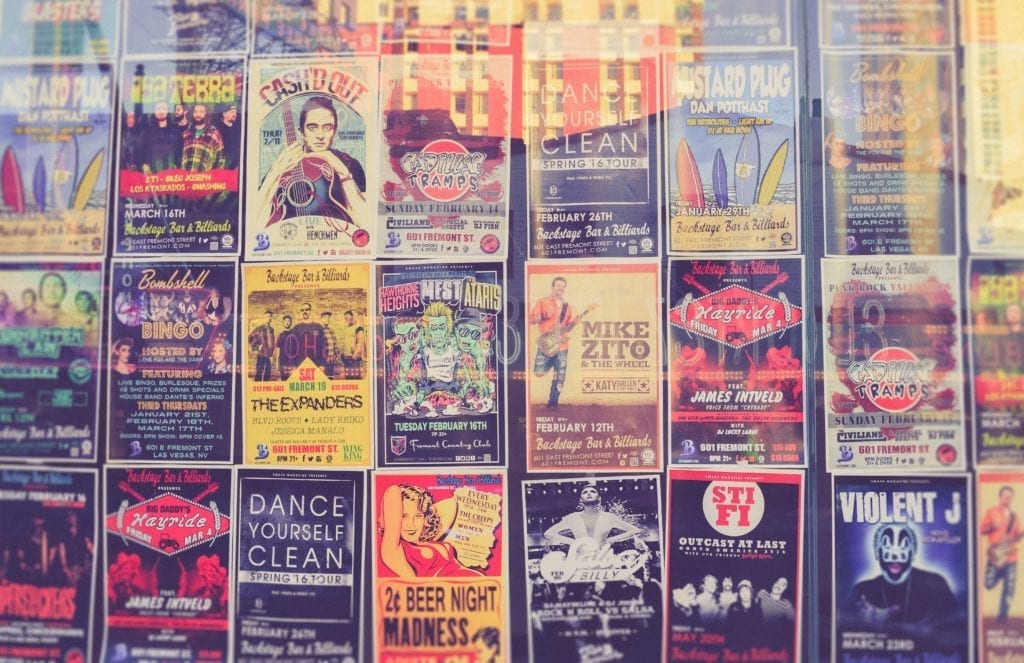
DIY merch usually starts by learning how to design and create posters for your shows. These posters can be included as merchandise.
Furthermore, when creating merchandise yourself, you have the ability to quickly react to demand. Notice that a particular shirt is popular? You can start making more of them as soon as possible. This is certainly better than having to wait for a new shipment. In this situation, not only are you cutting down on the cost-per-unit, you’re increasing sales by having an ample inventory available to buyers.
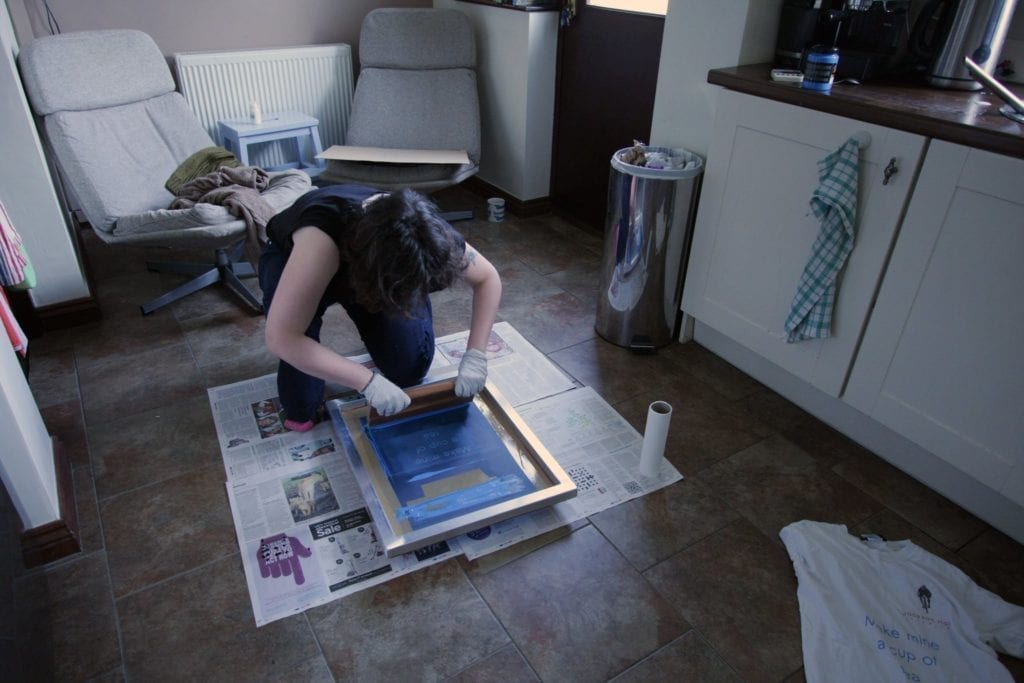
Being able to create merch yourself, means being able to quickly respond to demand.
Quick side note: A lot the time fans love DIY merch, since it was made directly from the artist they appreciate. If the merch you’re selling makes a fan feel more connected to you and your music, odds are they’ll be more likely to purchase it.
Understand the Demand for a Product
Buying in bulk is a great way to cut down on costs. You’ve most likely noticed by now that the more you buy of an item, the less it costs per item - which is good.
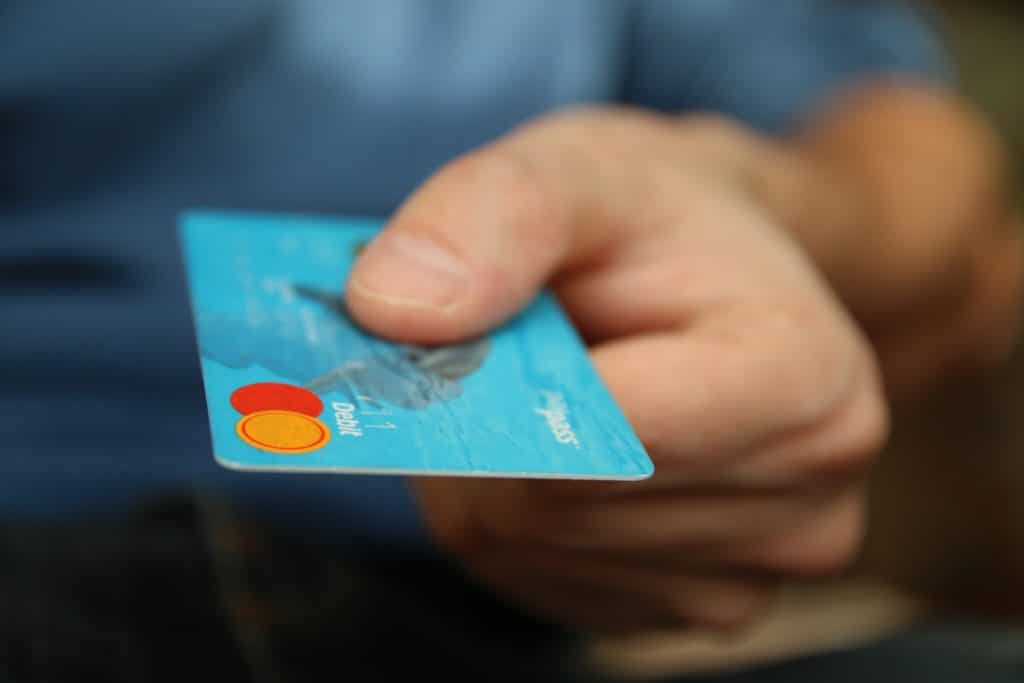
Your supply should at least somewhat represent your demand. Too much extra merch and it may result in a financial loss.
However, don’t get carried away with this. Buying 1,000 shirts when you’ll only sell 100 is most likely a bad idea.
Quick Math:
Ex 1.1,000 shirts for $6,500.00 creates a per-unit-cost of $6.50.
You sell 100 shirts for $20.00 each. This results in $2,000 of revenue and a loss of $4,500 .
Ex 2.200 shirts for $2000.00 creates a per-unit-cost of $10.00.
You sell 100 shirts for $20.00 each. This results in $2,000.00 of revenue and a loss of $0.
All this to say, that your ability to actually sell an item is just as important as your cost-per-unit.
Ideally, you’ll find a method that results in a profit, but as you can see buying in bulk can quickly result in a huge loss if you’re not careful.

Too much of anything can be a bad thing. Don't buy more than you can sell if you want to maximize your profits.
When buying any form of merchandise, there are some things to consider. Consider how much it costs per unit, how much you’ll sell it for, and how many you’ll likely sell. Do some simply math to determine if this purchase will result in a profit, a loss, or breaking even.
Again, a profit is ideal, and should probably be the only result that would warrant any merchandise purchase.
If this is a topic you’re interested in, check out our blog post about making money while on tour:
It’s full of great and valuable information.
Accept Multiple Payment Types
This one seems obvious, but I’ve been surprised how many times I’ve gone to a show, wanted to purchase a band’s shirt or record, only to be disappointed by a “Cash Only” sign.
We live in a time where sending money is easier than ever. We have Vemno, the Cash App, Zelle, Paypal, Square Card Readers, even Bitcoin.
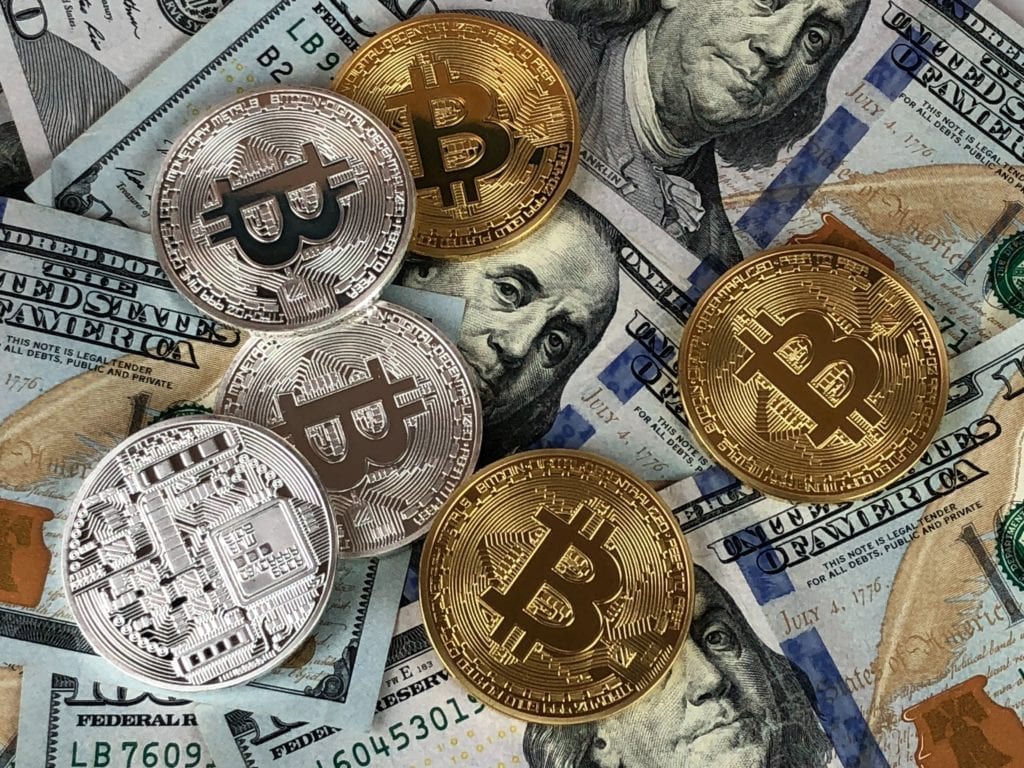
Try to accept as many forms of payment as possible.
If you’re not accepting every type of payment, you’re missing out on sales and excluding a portion of your audience. When you couple this fact with how easy it is to set up these other forms of payment, there’s no reason you shouldn’t.
If you’re in a band and are selling merch, take roughly 1 hour to establish the aforementioned forms of payment - you’ll be glad you did, and so will your fans.
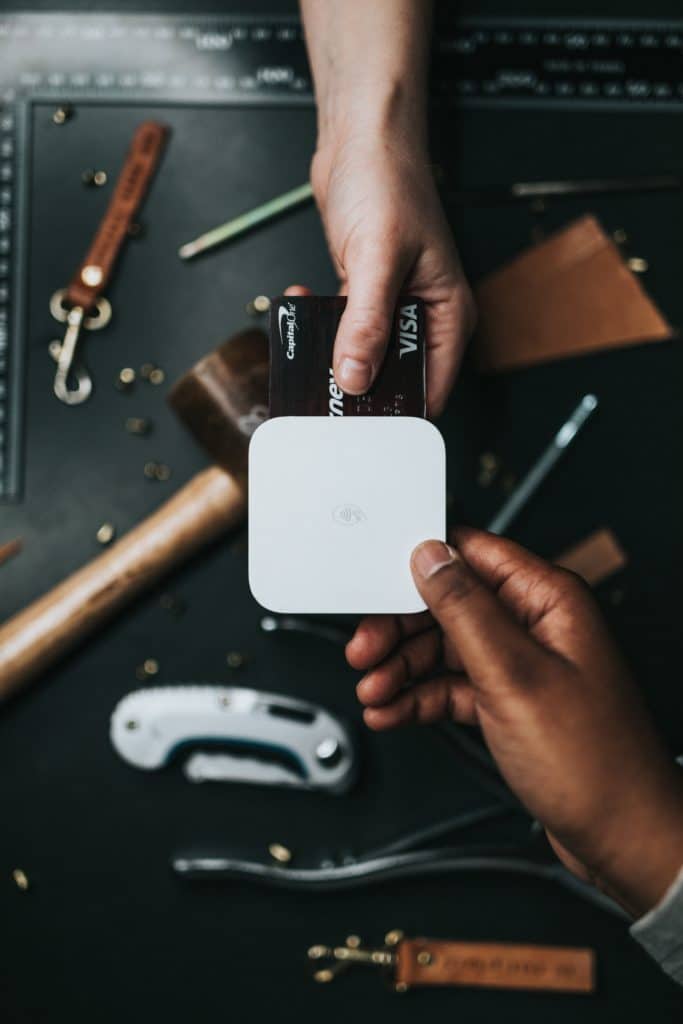
More ways to pay = a greater chance a fan can purchase something.
How Merch Sales Can Lead to Band Growth
A Profitable Band is More Attractive to Labels
We all know that the majority of labels think more about logistics and the bottom-line than they do the creative aspects of music. Although this may be frustrating at first, it does make sense.
If their artists don’t make money, labels can’t pay their employees. Without the influence and incentive of a profit, most things within the music industry wouldn’t be accomplished.

It almost goes without saying, labels like bands that can turn a profit. This may include playing shows, taking corporate gigs, or selling merch.
Maybe this is unfortunate but it’s the reality of creating music in most countries and societies. That being said, if you have any intention of being signed to a label, one that can further your career and open the door to new and exciting connections and opportunities, first show them you can turn a profit.

Showing that you have already, or can become financially successful, is a huge plus for any record label, and may result in a deal.
Since a large portion of making a profit as an artist comes from selling merchandise, it only makes sense that perfecting your merch sales can lead to a deal.
A Profitable Band has More Opportunities
Aside from being signed to a label, having money in your band bank account means a lot. It’s the difference between being able to tour and not. It’s the difference between having to work a part-time job that limits the time you have to play music, and being able to focus whole-heartedly on your craft.

Being able to support yourself from music and merch sales might mean you're finally able to leave that part-time job.
Maybe you’ll land an in-person meeting at a publishing house in a different state and need to fly out for it. Or maybe, you’ll need to have time to audition for a reality show that showcases up-and-coming bands, who knows!
The point is, having some form of a profit allows you the flexibility of pursuing what would otherwise be out of reach. Selling merchandise can bring you closer to this reality.
How to Organize and Record Merch Sales for Future Reference
Keep a Log of Available Inventory
When selling merchandise, you should have some goals in mind.

Maintaining a detailed log of your sales, inventory, costs, and revenue is crucial to having a clear picture when it comes to merch.
You Should:
- Know What Products are the Most Popular
- Ensure that you have an adequate amount of your products in stock
- Know how much profit is being generated from each item
- Know your total profit from all merch sales on a monthly, quarterly, and yearly basis.
How are you going to know these things if you don’t keep detailed records of your sales? Unless you have a far-above-average memory, you’ll need to document these things for future reference.
Although looking at your transaction records can be a good way to get an idea of these figures, it may not offer the specific information you need, as services like Venmo or PayPal, and the cash you receive won’t indicate which items were sold.
With that said, perhaps the easiest way to record this information is to know the exact number of shirts, records, or whatever merch item you brought into the venue, and compare that to how many you leave with.
Here is a quick example:
Say you’re playing a show, and you bring in:
- 20 LPs
- 20 7” EPs
- 15 Shirt Design [A]
- 10 Shirt Design [B]
- 10 Button Design [A]
- 15 Button Design [B]
- 25 Posters
At the end of the night, count how much of each merch type you have remaining:
- 14 LPs — 6 Sold
- 17 7” EPs — 3 Sold
- 10 Shirt Design [A] — 5 Sold
- 9 Shirt Design [B] — 1 Sold
- 10 Button Design [A] — 0 Sold
- 10 Button Design [B] — 5 Sold
- 19 Posters — 6 Sold
By using this method, and subtracting the amount that you brought in by the amount you leave with, you’ll know exactly how many you sold. Furthermore, you’ll be able to see patterns emerge over time, indicating which items are popular and which are not.
When using this method, be sure to not give items away for free, and if you do to take note of any and all times this happens, and with what inventory.
Cross-reference Sales with Revenue After Each Show
With the items counted and the amount sold known, you’ll need to cross-reference this information with the amount of money made from that show’s merchandise sales. If the sales figures don’t match the number of items sold, with their respective prices in mind, then you may have an issue.

Numbers don't lie! Check your sales with the money you bring in to ensure everything is adding up correctly.
This is certainly not the only way you can organize your sales information, but it does offer a relatively simple way of detailing and recording your sales. With this method, you won’t need to mark down a sale while at the merch table - giving you more time to focus on conversing with your fans or any audience member, and hopefully establishing a sale.
Additional Options for Merch Sales
Although the majority of merchandise sales are done in person during or after a show, there are still online sales you’re missing out on if you don’t take advantage of the opportunity. These can provide a relatively passive form of income for any band.

Many fans want to shop online. Don't miss out on these sales.
Here are some details about various popular online sites. There are advantages and disadvantages to each.
Etsy

Etsy supports the creative community and is a reliable service.
Etsy is a great site for DIY items. The community on the site, and the sellers, both seem interested in creating, selling and purchasing unique items. If you’re an artist that creates more DIY merch, this may be a good opportunity to sell your items on a site that values and adequately represents your artistic drive.
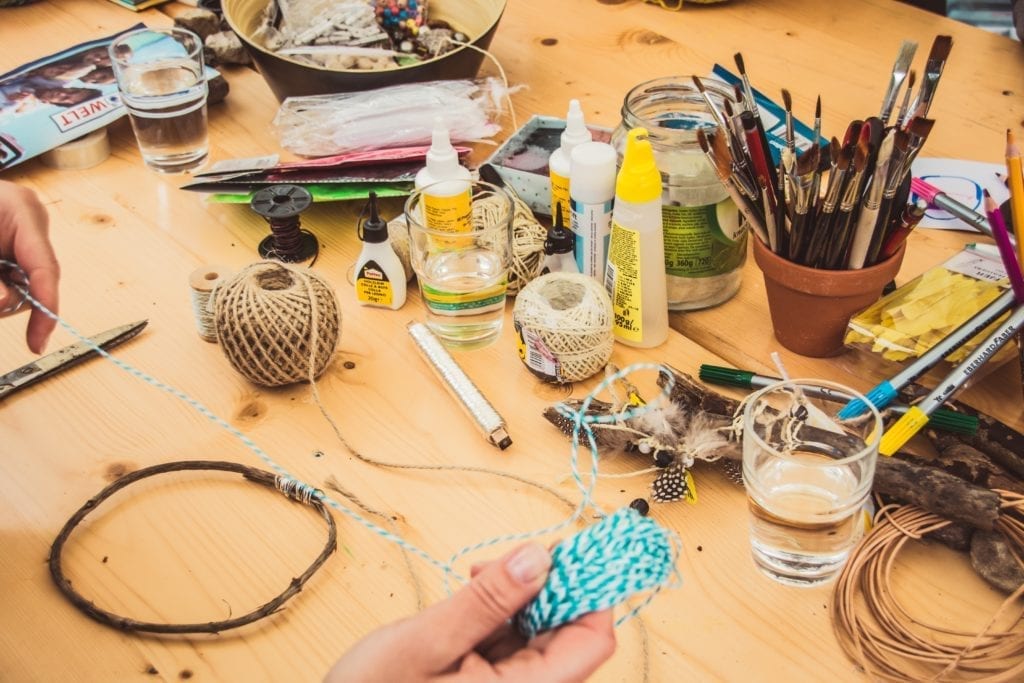
If your work is more DIY oriented, Etsy might be your best option for selling merch online.
Etsy charges $.20 per posting as a “listing fee,” and takes 5% of the sale including the shipping cost, and charges a 3% + $0.25 “payment fee.”
More simply, you’ll be charged $0.45, and 8% of your sale . Keep this in mind when setting the price and shipping cost for your item.
Also, you can cut back on the $0.20 listing fee if you upload one item type and adjust the quantity, instead of posting it multiple times. This may go without saying, but just know it’s the better option.
Amazon

People trust Amazon, making it a great place to sell merchandise online.
Amazon is a highly trusted seller. When people purchase items from Amazon, they know they’ll receive their products, and if there’s an issue, it’ll be handled appropriately. This makes Amazon a great option for selling merch.
For an “Individual Seller” account, Amazon charges $0.99 per good sold - which is no doubt better than what Etsy charges, if your goods are more expensive. That is to say, don’t sell something on Amazon for $0.99 with Free Shipping - this won’t work out well!
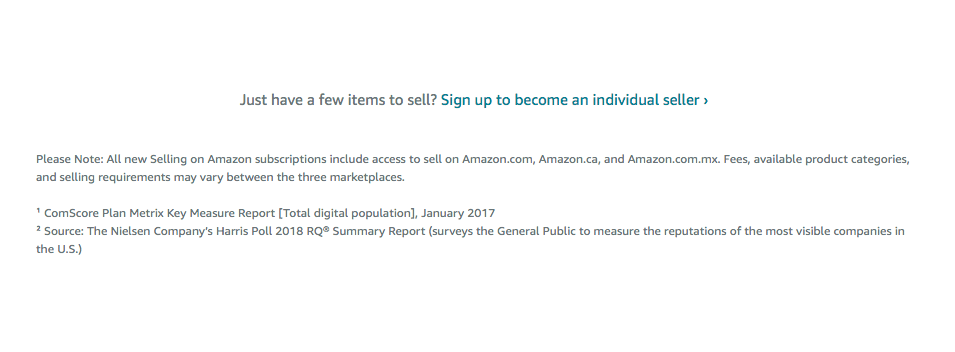
An individual account on Amazon is free to sign up for, and costs $0.99 per sale.
If you begin to sell enough merchandise, you also have the option of a premium account, which eliminates the $0.99 per item charge, and costs $40.00 per month. This would be a better option if you sell more than 40 items per month.
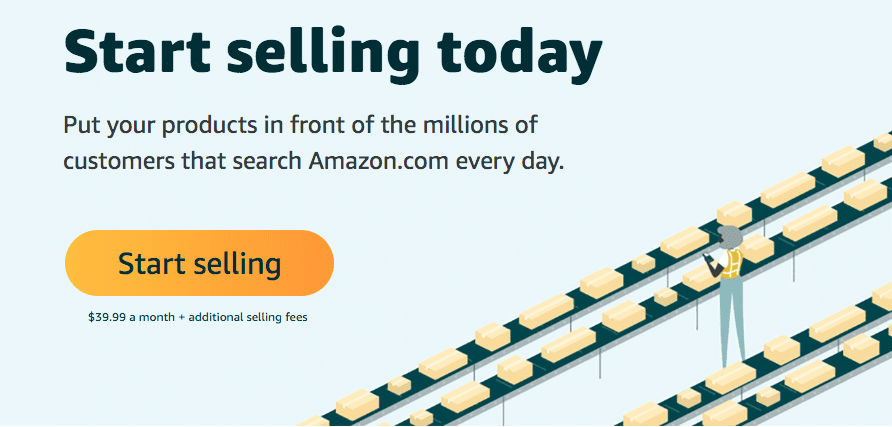
When you start selling enough, you should create a premium selling account.
The only downsides of using Amazon is a slightly more complicated and involved account creation process, that requires specific documents. Also, Amazon expects your product images to be professional, with a well-lit item and a white backdrop.
Here because you’re curious about mastering?Get a comprehensive understanding of it!
Conclusion
Merchandise sales are an important and potentially lucrative part of being an artist. They help your fans feel connected to your work, and offer an artist the opportunity to establish a self-sustaining business.

Try selling merch at your next show and see how it goes!
Although it’s often overlooked, be sure to seriously contemplate how your plan to approach your merch. Know what your fans want, stay organized, and be fiscally responsible when creating, buying, and selling merch.
Doing so may be the difference between growing your career, and staying stuck at a particular level of success.
Are you an artist or in a band that needs some mixes mastered? Send us one of your mixes and we’ll master it for you, then send you a free mastered sample of it.
Have you had success with selling merchandise?




